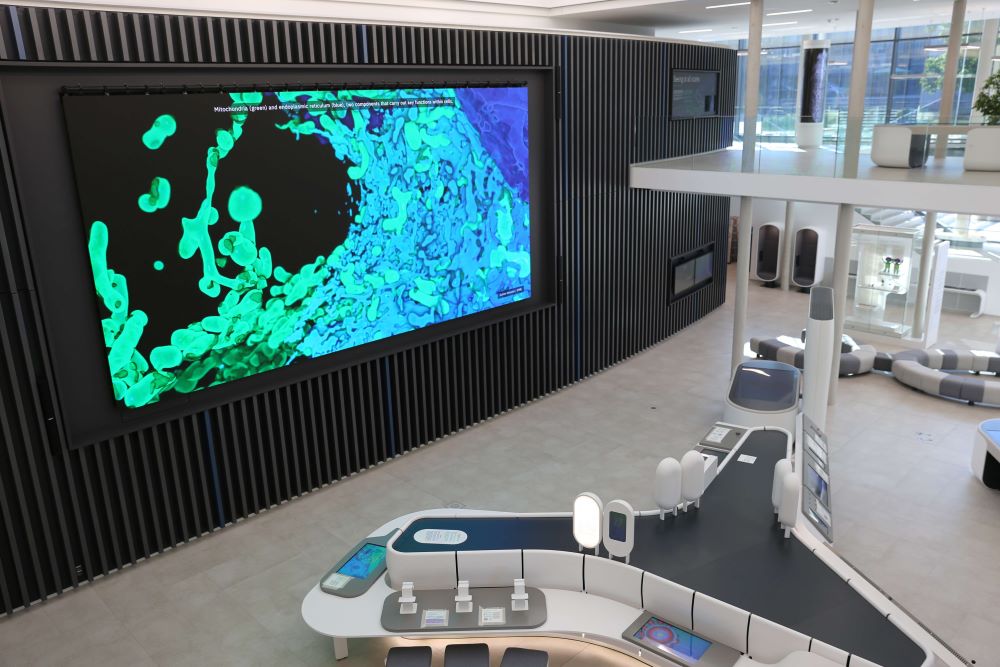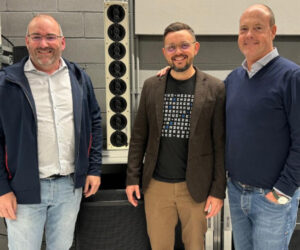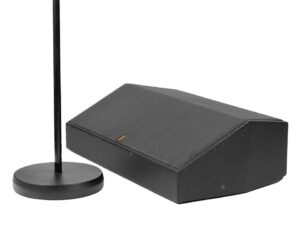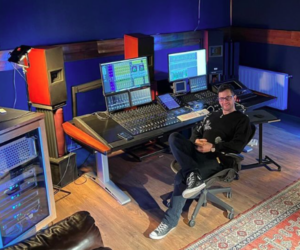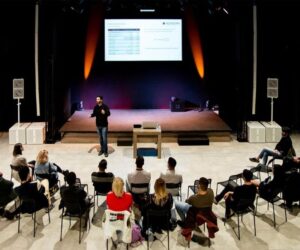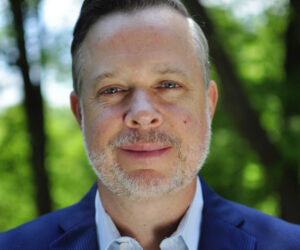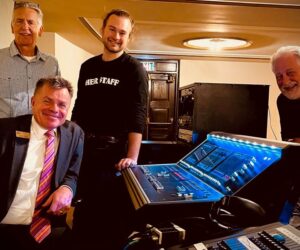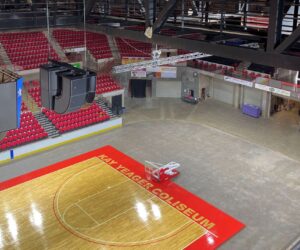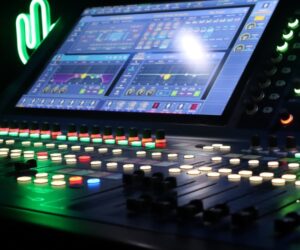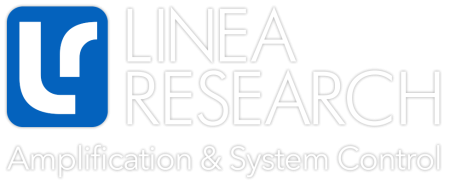A recent audio installation at the main facility of the European Molecular Biology Laboratory (EMBL) in Heidelberg, Germany by UK-based AV integration firm D J Willrich to support the new, permanent interactive exhibition “World of Molecular Biology” is headed by K-array loudspeakers and supporting components.
Created in 1974 and noted for its ground-breaking scientific research into molecular biology, EMBL is funded by public research money from its 28 member states. The new exhibition celebrates the work, people, and technologies at EMBL and in molecular biology.
D J Willrich brought a wealth of experience in AV visitor attractions, including the National Motor Museum in the village of Beaulieu in the New Forest, to the project, with project manager John Doe noting, “We were brought on board by the designers Haley Sharpe Design of Leicester to consult on the AV perspective, and we worked with the fit-out company, the Hub, who are based in Redditch.”
The exhibition includes several informational kiosks, each one focusing on different aspects of science and scientists. These are mostly based around a large touch screen with a PC or media server providing the video content, and each one includes either one or a pair of K-array Tornado-KT2C flush mount point source loudspeakers (each with a 2-inch neodymium cone driver powered by a dedicated KA1-T2H amplifier module and accompanying KA-L15 power supply). The amplifier and loudspeaker combination is essentially self-contained, eliminating the need to run cables back to a central rack room, and is duplicated in multiple exhibits around the facility.
The most critical part of the technical brief was to achieve good intelligibility at a decent level so that the narration can be clearly heard without overspill into adjacent or neighboring exhibits. “The source material is mostly spoken word with some background music, and because the content is essentially medical and scientific in nature with a lot of technical explanation, it was important that the narration was articulated with a high degree of clarity,” Doe explains. “In addition, we needed to mix the level down a little and focus the sound at the listener in order for the message to be clearly understood.”
The small size (5-inch diameter) of the Tornado loudspeakers made them well suited for the project as they could be easily and discreetly flush-mounted into the displays, while their conical 90-degree dispersion pattern keeps sound coverage well controlled in the near field. With as many as 15 to 16 personal computers in the facility putting them together with multiple rack-mounted amplifiers to power the loudspeakers would have generated a lot of excess heat.
“The quality of audio coming from a speaker of such a small size, and being so well integrated into the exhibits, is what made K-array so well suited to this project,” concludes Doe. “We are delighted with the performance of the sound systems, the clarity, the articulation, and the discreet appearance of the speakers, which have helped to deliver a really engaging visitor experience.”


